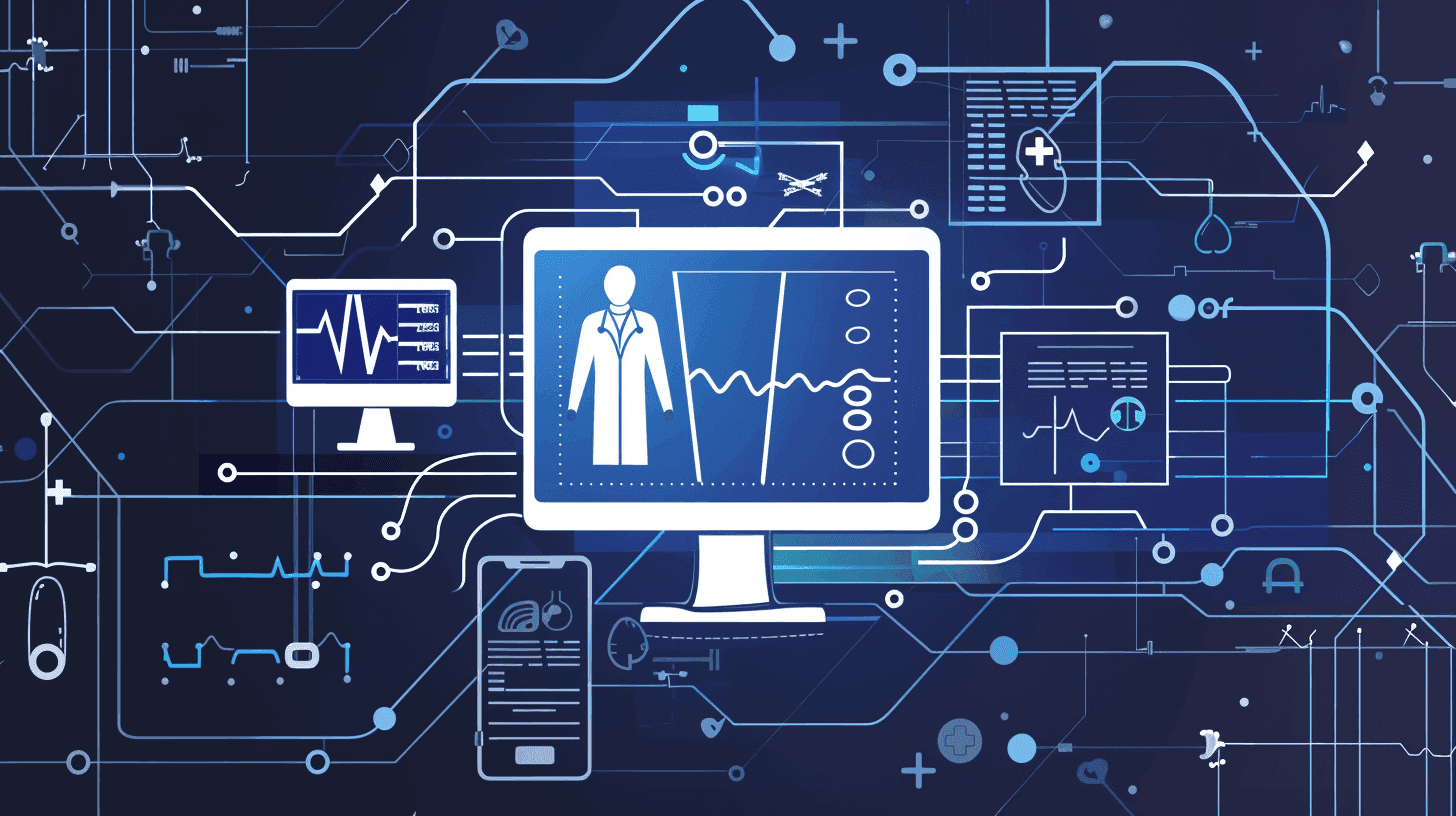
Implementing a robust Customer Relationship Management (CRM) system is paramount in today's rapidly evolving healthcare landscape. CRM in healthcare enhances patient care and streamlines operations, ensuring efficiency and better management of resources. This comprehensive guide from Catalyst CRM will walk you through the essential steps to build a healthcare CRM, explore the best CRM software for the healthcare industry, and delve into how CRM can benefit insurance brokers.
What is CRM in Healthcare?
CRM in healthcare refers to strategically managing patient information, interactions, and experiences to improve patient satisfaction and streamline administrative processes. It involves using CRM software to manage and analyze patient data, enabling healthcare providers to deliver personalized care and maintain long-term relationships with patients.
Benefits of Healthcare CRM
- Improved Patient Care: Healthcare CRM maintains detailed patient records, allowing providers to offer personalized treatment plans and follow-up care.
- Enhanced Communication: CRM systems facilitate better communication between patients and healthcare providers through automated reminders, follow-ups, and feedback systems.
- Operational Efficiency: Streamlining administrative tasks such as appointment scheduling, billing, and patient management reduces errors and enhances efficiency.
- Data-Driven Decisions: CRM analytics provide insights into patient behaviors, treatment outcomes, and operational performance, enabling data-driven decision-making.
- Compliance and Security: Healthcare CRM ensures that patient data is stored securely and complies with regulations such as HIPAA.

Key Features of a Healthcare CRM
When building a healthcare CRM, certain features are essential to ensure its effectiveness and usability:
Patient Management
- Comprehensive Patient Profiles: Store detailed patient information, including medical history, treatment plans, and contact details.
- Appointment Scheduling: Automate scheduling, reminders, and cancellations to enhance patient experience and reduce no-shows.
Communication Tools
- Automated Messaging: Send appointment reminders, follow-up messages, and health tips via email, SMS, or app notifications.
- Telehealth Integration: Incorporate telehealth capabilities for remote consultations and follow-ups.
Data Analytics
- Patient Analytics: Track patient progress, treatment effectiveness, and satisfaction levels.
- Operational Analytics: Analyze workflow efficiency, resource utilization, and financial performance.
Integration Capabilities
- EHR/EMR Integration: Seamlessly integrate with Electronic Health Records (EHR) or Electronic Medical Records (EMR) systems.
- Billing Systems: Integrate with billing and insurance systems for streamlined financial management.
Security and Compliance
- Data Encryption: Ensure patient data is encrypted both at rest and in transit.
- Access Controls: Implement role-based access controls to protect sensitive information.
- Compliance Management: Ensure the CRM system complies with HIPAA-related healthcare regulations.
Steps to Build a Healthcare CRM

Step 1: Define Your Objectives
Begin by identifying the specific goals you want to achieve with your healthcare CRM. Typical objectives include improving patient engagement, streamlining administrative processes, and enhancing data security.
Step 2: Choose the Right CRM Software
Selecting the best CRM software for the healthcare industry is crucial. Look for software that offers robust features tailored to healthcare needs, such as patient management, communication tools, and compliance capabilities. Consider options like Salesforce Health Cloud, Microsoft Dynamics 365 Healthcare, and HubSpot CRM.
Step 3: Customize the CRM
Once you've chosen your CRM software, customize it to fit your organization's unique needs. This may involve configuring patient profiles, setting up appointment scheduling, and integrating with existing systems like EHR and billing software.
Step 4: Data Migration
Ensure a smooth transition by carefully migrating existing patient data into the new CRM system. This process should include data cleaning to remove any outdated or duplicate information.
Step 5: Train Your Staff
Proper training is essential to ensure your staff can use the new CRM system effectively. Provide comprehensive training sessions and create user manuals to guide them through the system's features and functionalities.
Step 6: Implement and Monitor
Deploy the CRM system in a phased manner to minimize disruptions. Continuously monitor its performance and gather user feedback to identify areas for improvement.
Step 7: Evaluate and Optimize
Regularly evaluate the effectiveness of your healthcare CRM by analyzing key performance indicators (KPIs) such as patient satisfaction, appointment adherence, and operational efficiency. Use this data to optimize the system and make necessary adjustments.
Implementing CRM in Healthcare: Best Practices

Prioritize Data Security
Ensure your CRM system complies with healthcare regulations and employs robust security measures to protect patient data. This includes data encryption, access controls, and regular security audits.
Focus on Patient-Centric Features
Choose a CRM system that offers patient-centric features such as personalized communication, telehealth integration, and comprehensive patient profiles. These features enhance patient engagement and satisfaction.
Ensure Seamless Integration
Integrate your CRM system with healthcare systems like EHRs, billing, and telehealth platforms. This ensures a seamless flow of information and reduces administrative burdens.
Provide Comprehensive Training
Invest in comprehensive training programs to ensure all staff members are proficient in using the CRM system. This includes ongoing training and support to address any issues that arise.
Monitor and Optimize
Monitor your CRM system's performance regularly and gather feedback from users. Use this information to make necessary adjustments and optimize the system for better performance.
Conclusion
Building a healthcare CRM is a strategic investment that can significantly enhance patient care, streamline operations, and improve data security. This comprehensive guide allows healthcare providers and insurance brokers to implement a CRM system that meets their unique needs and drives long-term success. Choose the right CRM software, customize it to your requirements, and prioritize training and data security to maximize the benefits of your healthcare CRM.


